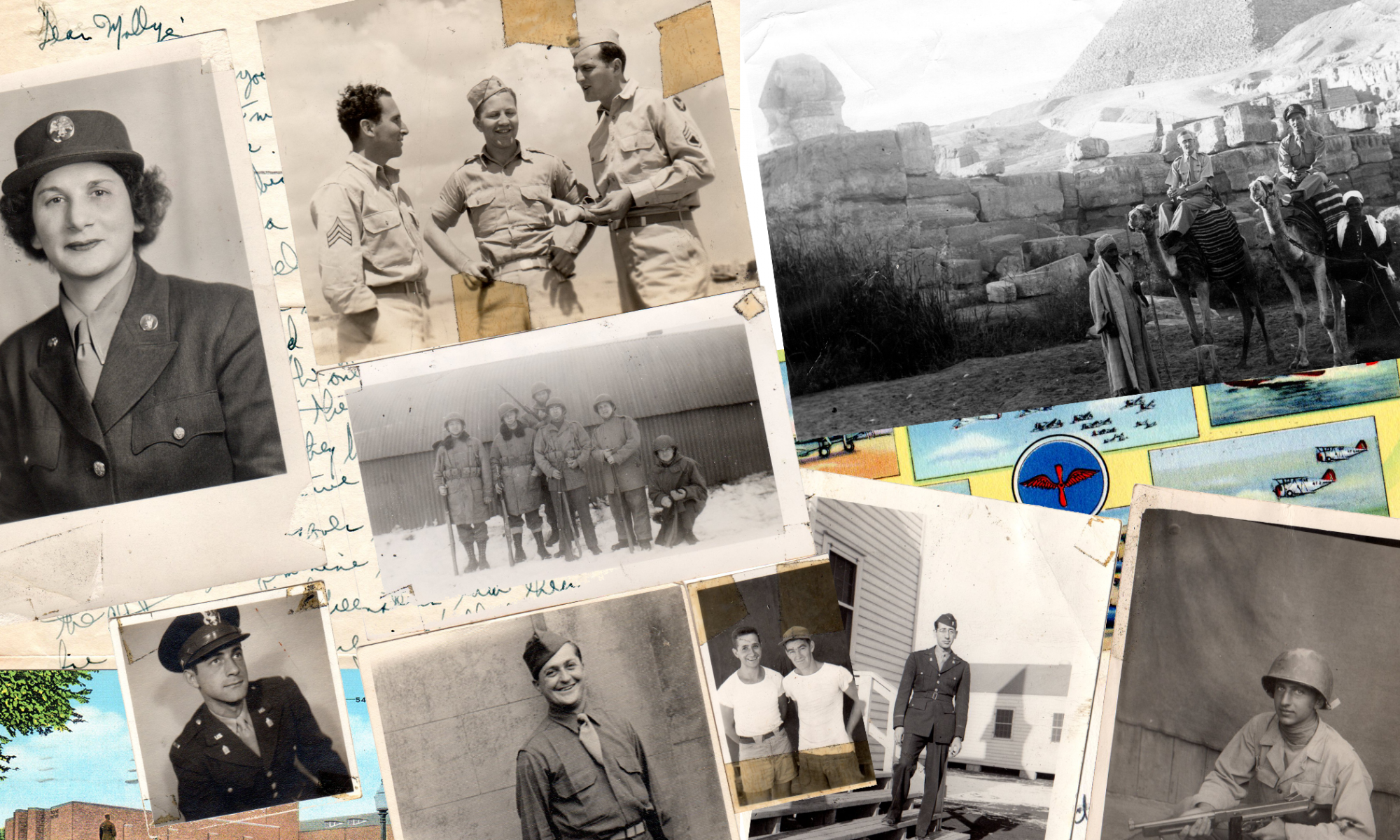Although there were Jews in Delaware from the seventeenth century days of Dutch settlement, Judaism did not flourish in very early Delaware, and by 1840, it appears to have been nonexistent. Not until 1879, when the Moses Montefiore Mutual Aid Society was organized, did Delaware have a permanent Jewish institution. Therefore, Delaware became the last of the original thirteen states to have an organized Jewish community and worship services for the High Holidays. In 1879, Wilmington had a Jewish population of some 25 families, most engaged in retail businesses. A small number of Jewish retailers lived in Dover, Smyrna and Milford.
Between 1880 and 1910, the Jewish population of Wilmington grew tremendously as East European immigrants found their way here. In just 30 years, the Jewish population of Wilmington expanded to more than 400 families.
The influx of struggling immigrants, primarily merchants and peddlers, spurred the formation of many service organizations. Between 1899 and 1902, three of today’s primary institutions were founded to offer assistance to the new arrivals. The Hebrew Charity Association, today’s Jewish Family Service, was founded in 1899; The Young Men’s Hebrew Association, today’s JCC, in 1901; and the Bichor Cholem, today’s Kutz Home, in 1902.
The immigrants also established several synagogues to meet their differing religious expectations. Three of the early synagogues survived: Adas Kodesch, founded in 1885; Chesed Shel Emeth, founded in 1901, merged with Adas Kodesch in 1957; and Beth Emeth, founded in 1906.
Although Wilmington had the largest concentration of Jews in the state, Jews continued to live in Kent and Sussex Counties. By the early twentieth century, Dover, Lewes, Smyrna, Felton, Laurel, Georgetown, Millsboro, and Seaford had some Jewish retailers, peddlers, canners, distillers or hotelkeepers. The first Jewish farmers arrived in Viola in 1897 and 1900. With support from the Jewish Agriculture Society, 25 Jewish families settled on Delaware farms between 1912 and 1929. Jewish immigrants also entered farm related businesses – livestock, poultry, and farm supplies.
No Jewish organization existed downstate until 1916, when the short-lived Jewish Farmers Association was established. Religious services were held informally, in individual homes, until 1939 when the Jewish Congregation of Lower Delaware, today’s Congregation Beth Sholom, was incorporated. During the first three decades of the twentieth century, the Jewish community of Wilmington grew rapidly, and by 1929, the population reached 3935.
But the community became increasingly fragmented. A fourth synagogue, Congregation Beth Shalom, was established in 1922. By 1929, there were more than 20 Jewish organizations, often working at cross-purposes. Attempts to unite the community were unsuccessful until 1935 when the Jewish Federation was established as a representative body of Wilmington’s Jewry. In the following decades, the Federation’s role was expanded statewide.
A few Jews attended the University of Delaware before the turn of the century, but Jews do not appear to have settled in Newark until early in this century. The Newark Jewish community, today’s Temple Beth El, was formed in 1954.
Throughout this century, the majority of Jews continued to live in Wilmington. Between 1929 and 1945 the Wilmington Jewish community increased 60 percent, to 6,156 people. Only an estimated 80 Jewish families lived in Lower Delaware in 1945. By 1974, the Jewish population of Delaware was 9000 with 96 percent in Northern Delaware. In the last decade, there has not been a significant increase in the Jewish population, which is estimated at 9300 today.
In this brief introduction, it is not possible to name all the people who have distinguished themselves in the 100 years of active Jewish life in Delaware. Suffice it to say that Jews have held high positions and made significant contributions in numerous fields, including law, business, government, medicine, farming, and journalism.
. The Jewish Historical Society of Delaware continues· to collect and preserve information and records relating to the history of the Jewish community and Delaware Jews. The archives of the Society are located at 505 Market Street Mall in Wilmington and are open to all who wish to learn more about the rich Jewish heritage in the “First State”. For further information, please call 655-6232.
(This Introduction is based on material at the Jewish Historical Society of Delaware and on as yet unpublished work by Charles Salkin and Toni Young.)

